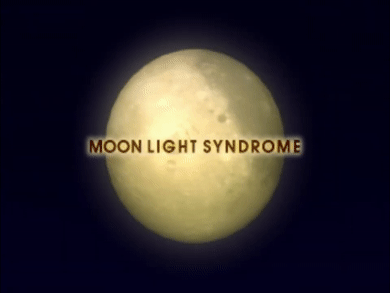Program: Hoshino, Yuuki | Sound: Niikura, Kouji | Screenplay: Suda, Goichi
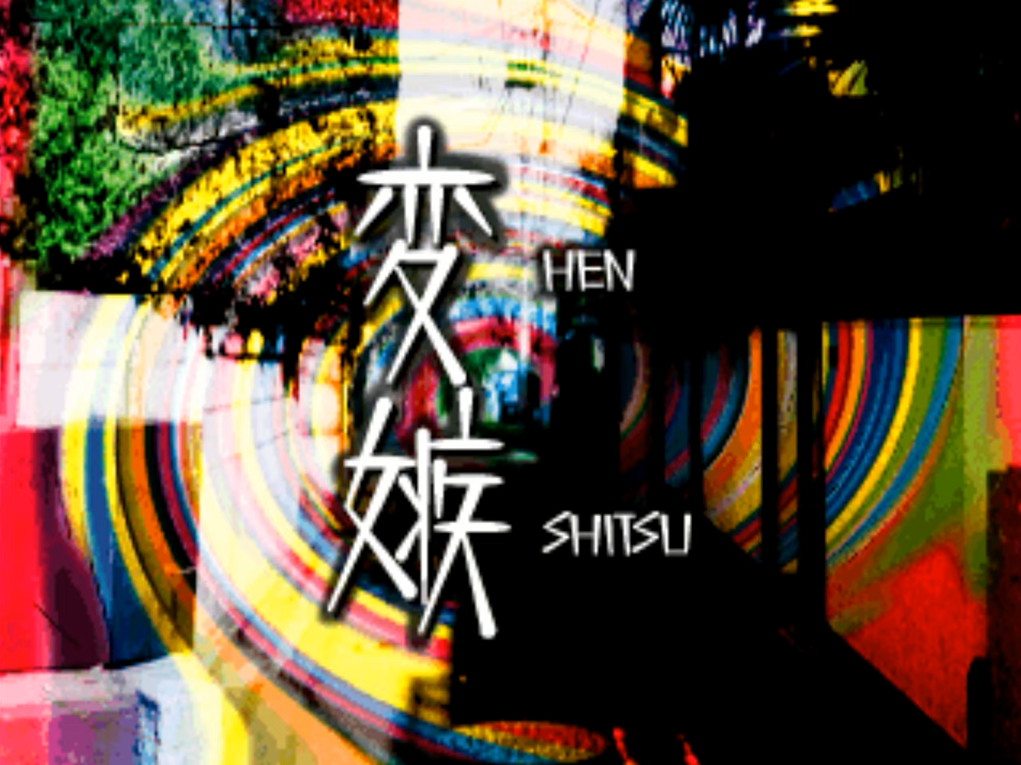
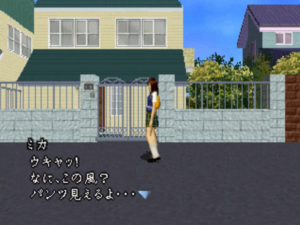
The first part of this chapter is actually a recreation of the final unlockable scenario in Twilight Syndrome, “Prank.” Said scenario would only appear if the player had reached a good ending in each case of both Twilight Syndrome games and served as a teaser for Moonlight Syndrome.
The chapter opens on Mika’s nightmare. As she walks down the street a gust of wind upsets her skirt; in Prank you could clearly see fairy powder being carried by the wind, but in 変嫉 HENSHITSU that effect was removed. Regardless, she still comments about smelling something in the air.
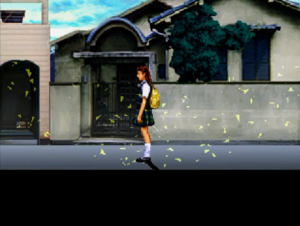
The scene then changes to her having a chat with Yukari and Chisato. As Mika mentions the scent she smelled in the previous scene, Chisato starts ranting about how it could be the work of Fairies, as they get jealous of humans and sometimes sprinkle gold powder on their heads. Yukari dismisses it as a joke, but Chisato insists that it is a serious matter. However, before revealing the effects of this powder, she abruptly goes silent and heads home, followed by Yukari.
While I was looking up any possible mythological influence, I ran into this blogpost (archive) detailing the history of the connection between fairies and magic powder in folk lore and fairy tales. The important point being that fairy folk, magic dust, sleep and dreams are often tightly associated; with the fairy in question being Mithra, it follows that he constantly seems to trap Mika into dream-like realities.
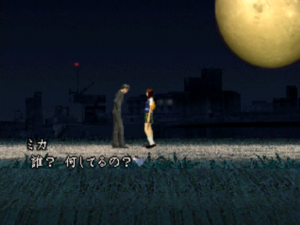
In the next scene, Mika is now on the road where she met Ryo and Sumio in プロローグ PROLOGUE. After commenting on the absurdity of Chisato’s words she runs into Ryo. She inquires about his identity and intentions, to which he sadly concludes that she has forgotten him. His claim of wanting to see her again makes her think of him as a pervert and she runs off, which is when one of the more cryptic lines in the game is pronounced.
“When the moon’s sorrow overflows, you will be seen off by the two horses of abstinence… to someone who forgives all.”
Suda actually elaborated on the meaning of this line in his In-depth Guide Q&A:
What is the meaning of the line Ryo says to Mika: “When the moon’s sorrow overflows, you will be seen off by the two horses of abstinence… to someone who forgives all.”
Source
“When the moon’s sorrow overflows~” was something I wrote at the start with the image of Moonlight Syndrome in mind. It comes from the moonlight in the title, and hints at the events of the epilogue.
“To someone who forgives all” is a feeling of self-admonition that Mika Kishii has towards herself for her actions (pranks and making up stories) in Twilight Syndrome. It also signifies the question of whether or not Ryo will forgive Mika as a person.
Can Ryo stand to protect a woman Sumio had relations with, despite feeling something like a mix of love and hate for him? It’s a representation of this jumbled relationship between Mika and Ryo.
In エピローグ EPILOGUE, which is indeed sorrowful, two horses of abstinence (whom translator Jolovey theorizes being Chisato and Yukari, who “abstain” from Mika’s curious endeavors) will deliver her to “one who forgives all” (Ryo, who is being tested on whether or not he can forgive Mika for having sexual relations with Sumio). So in a sense it really is foreshadowing the end of the game.
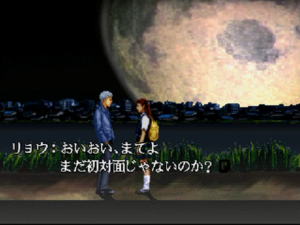
It is also interesting to note that while both Ryo and Mika harbor feelings of self hatred as they grow into adulthood (Ryo being ashamed of his own weakness and pervertions, Mika being ashamed of her younger, childish self) Ryo doesn’t seem to care about Mika’s approval at all. That is to say that while Ryo is the one who has to “forgive” Mika’s action, the one he seeks forgiveness (approval) from is instead his dead sister.
Their interaction is quite different in Prank, as Ryo sports white hair (similar to Mithra) and wears different clothes. Mika is the one who recognizes Ryo in Prank, while Ryo claims it’s the first time they met. As Suda said in the interview, the scenario for Moonlight Syndrome hadn’t yet solidified in his mind, so Prank should be seen as a sort of teaser.
What was the ending to the “fairy’s prank” that Chisato told Mika about in Henshitsu?
Source
“Prank”, the hidden scenario in Twilight Syndrome, is the original version of Henshitsu. The “prank of the fairy” is a different concept from Twilight Syndrome, so you can think of it as a pre-scenario for Moonlight Syndrome.
The explanation for it includes internal relationships with others. Mika’s erratic actions, graphic words and killing (or being killed by) people are all actions taken because she has been caught up in a “a fairy’s prank”. So, no matter what Mika does, Ryo can forgive her. It’s trial from the fairies to Mika… or Ryo, rather.
I still hadn’t thought of the character of Mithra at all by this stage, but you can think of the fairy as the original form of Mithra.
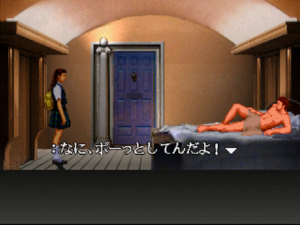
Prank has a few more scenes that weren’t remade for Henshitsu: Yukari and Chisato being strangers to Mika at school, her witnessing Yukari kissing her boyfriend Kazuya on the street, Chisato berating Mika for bringing chaos to their lives, a naked Saeki making advances to her in a love hotel room (Saeki was a bully in Twilight Syndrome who led a kid to suicide. However, it seems that Mika secretly lusted after him. His role was probably inherited by Sumio Tohba in Moonlight, seeing as he is the only other person to acknowledge the “fairy world” they are in while being in a sexual relationship with Mika; reminder that Sumio also joins the “edge of the world” in Moonlight.) and finally a vision of Sakura Himegami, the ghost who spirited Mika away during the last chapter of Search, who invites Mika to kill Chisato. Mika is then consumed by the urge to kill.
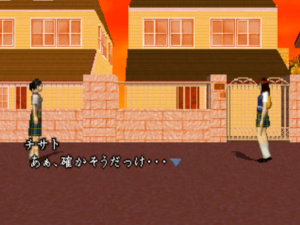
In the next segment, Mika is confronted by Chisato on the way home. Chisato’s clothes are drenched in blood and she claims to have killed off the rest of Mika’s family. At this point Mika can either stab Chisato, or fall down on the spot. (In Prank, Chisato actually shoots some fairy dust at Mika to kill her.)
In the final part of Mika’s dream, she is once again met by Ryo. She demands to know if he’s the one doing this to her, but Ryo replies that he merely watched, but that he will, regardless, forgive everything of Mika. He then reassures her that he will watch over her and protect her, so she can continue as usual without worries.
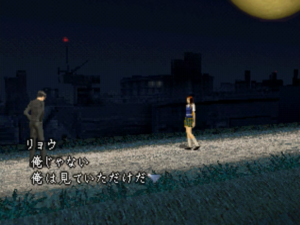
In エピローグ EPILOGUE, Ryo has a realization that the whole ordeal of Hinashiro actually revolved around him, his persona and his own struggle with his weaknesses. I will elaborate more on that once I get to the scene in question, but for this chapter, it makes me believe that Mika’s nightmare was as much a test for Ryo as it was for Mika herself: Can Ryo really be the kind of man who would forgive Mika everything and take her into his life? Can Mika overcome her self hatred?
Prank has an additional beat where an upbeat and cheerful Mika goes on to drag Yukari and Chisato into another one of her adventures, but it ends on a creepy sequence of Mika breaking the fourth wall and Yukari and Chisato shown with blood-splattered clothes. In Henshitsu, the nightmare just ends after the second conversation with Ryo.


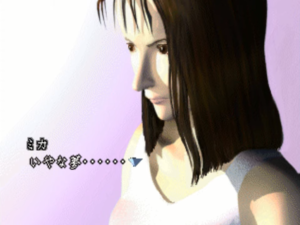
Mika is woken up by Arisa’s phone call, reminding her that, as she was told in 奏遇 SOWGUW, they were meant to meet up for shopping along with Rumi. Mika apologizes for her lateness and quickly gets out of her house.
On her way to their meeting spot, MISERABLE LIE, Mika has a scary encounter with a dog, which can go a bunch of different ways depending on your choices but it ultimately ends with the dog’s owner, a dweeby looking man, violently chastising it for scaring Mika. She notices how the dog (called Violator in reference to Spawn) was actually terrified of his owner, implying that he is abused by him.
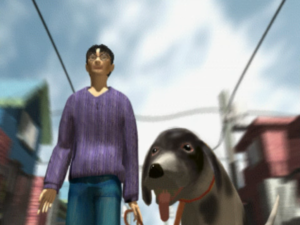
She moves on, but in the next street a few rough looking people stare at her menacingly. This is one of the few parts of the game where you actually have to figure something out to advance; all the assailants have complex dialogue trees that you’ll have to navigate in order to let Mika pass by unscathed. While there isn’t much of a point in recapping all their dialogue, I believe this is meant to indicate the lack of safety and degradation of the neighborhood brought on by the urbanization of Hinashiro, what Mika’s father referred to as “the country turning into a slum” in プロローグ PROLOGUE. It is also interesting to note that most of the assailants will refer, in some way or another, to Mika’s actions being “unforgivable”, in direct contrast to Ryo’s appearance in her dream.
The assailants are, in order: a crazed homeless man who will try to kill Mika, an obese gamedev who will try to sexually harass her and an insane older woman who claims to have lost her child.
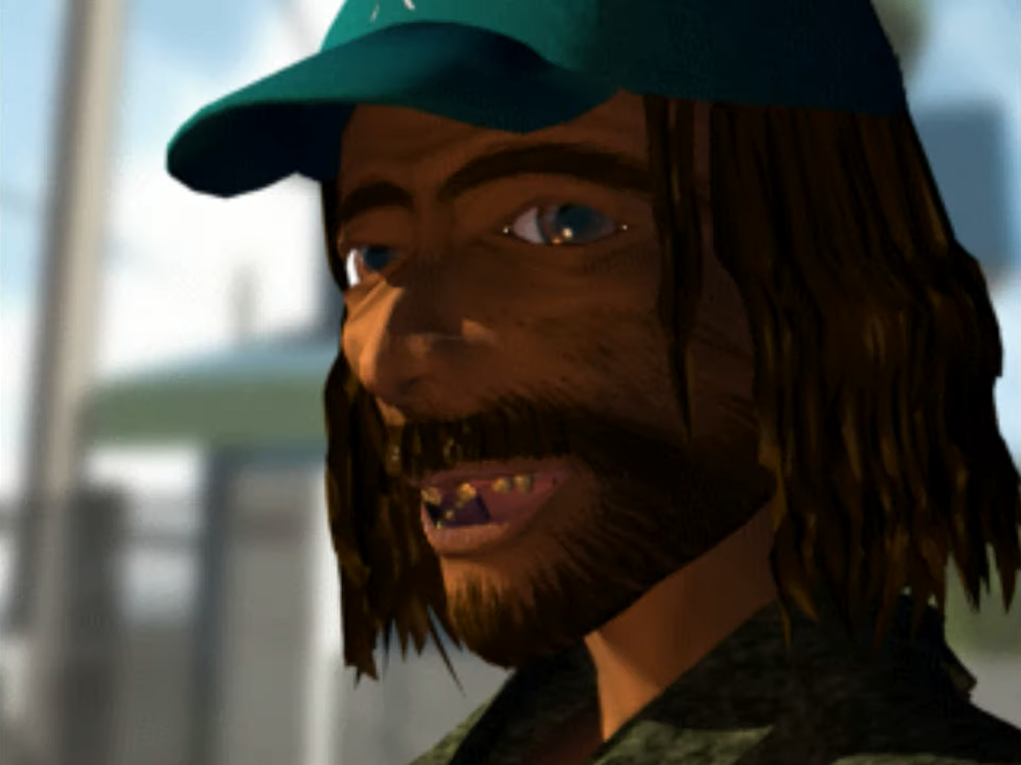


QUICK FACT: Keita Kimura, the original developer of Twilight Syndrome, has gone to court over stalking an unnamed “M” colleague, which many believe to be Mika Mishima herself. Any resemblance is coincidental.
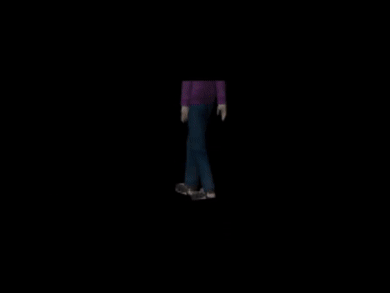
Once Mika passes by unscathed, we see Ryo going through the same street, looking for her, presumably wanting to fulfill his earlier promise of protecting her from danger. Afterwards, Mika is being stalked by a shadowy figure which we can recognize as the dog owner from earlier due to his clothes, and as she finally reaches her destination at the Shimokita shopping district, Ryo will stumble onto the corpse of the stalker’s dog.
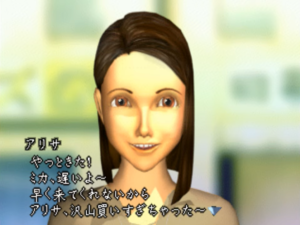
Depending on whether or not Mika remembers the name of the meeting spot she agreed with Arisa can go a few different ways, but what it boils down to is that either Mika insists to go look for Rumi who had, in the meantime, gone off on her own, or Arisa will ditch her after finding a flyer for a nearby show of Violence Kono, the schoolgirl killing pro-wrestler, who Mika hilariously mistakes for a porn actor. Either way, Arisa will wait for Mika at Tea House RANK as she looks for Rumi. The names of the businesses on the street are mostly horrible, “American Toys”, “Miserable Lie”, “Dream Mart” and “Asura music instruments.”
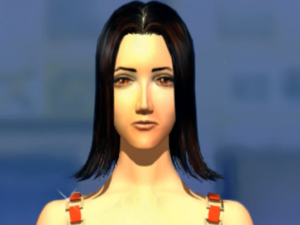
Mika eventually meets up with Rumi, but when they go back for Arisa they found out she has deserted them. An argument erupts between the two, with Rumi chastising Mika for her own naïveté in being so trustful of her “friends”. Mika insists that Chisato and Yukari are dear friends who’d always help her out, and tells Rumi that “what happened to her brother” (notice how Mika does not specifically acknowledge that he died) is no excuse for acting out.
Rumi restates her disbelief in “friendship”, and asks if Mika if she only asked her out to make her feel better (as her brother just died). She considers Mika’s expectations of other people to be unreasonable, in the sense that if she devotes herself to other she’ll never make something of herself. She then leaves Mika, who wonders if Rumi is aware of her relationship with Sumio).
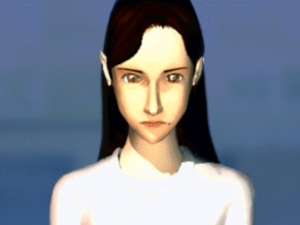
Mika is then approached by Yayoi, who introduces herself as Chisato’s estranged younger sister. Yayoi then compliments Mika on being a rule breaker, to which Mika notices how different she is from her sister Chisato. Yayoi says that she’s not really close to her due to the fact that she’s not really attuned to empathy as she can’t see a functional use for it. She also claims to have been sent by Arisa, who is stuck with her shopping bags, to fetch Mika.
The In-depth Guide Q&A once again sheds some light onto this familial relationship: both Chisato and Yayoi are Zoroastrian angels, with Chisato being on the side of good (Ahura Mazda) and Yayoi being on the side of evil (Angra Mainyu). It could therefore be construed that, since Yayoi is associated with Mithra and Chisato is said to have two siblings in Twilight Syndrome, Mithra is also their “brother”. The editor of the Q&A seems to imply as much as well. With his role as the keeper of contracts, Mithra stands between the two extremes of Chisato and Yayoi. Although he is depicted as harboring a certain wickedness, Mithra merely delights himself in watching humans ruin each other’s lives over petty desires, while Yayoi brainwashes people and manipulates events to her own advantage.
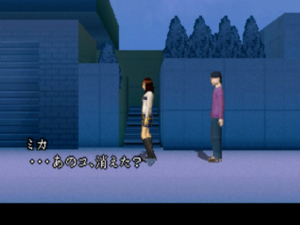
Mika ultimately decides to follow her, but she is once again ambushed by her stalker. She manages to escape and berates Yayoi for failing to help her, to which Yayoi replies that she didn’t really see a reason to. After again chastising Mika over her trustful nature, Yayoi leaves, letting the stalker capture her.
Ryo arrives at the shopping district, but he is immediately accosted by Yayoi. She claims that she saw Mika in the neighborhood, knowing that Ryo is her sworn protector, but denies any accusation of having done something to her. This is when we learn that Ryo actually was present in their shared dream at the beginning of the chapter, and moreover, that Yayoi herself is aware of their dreams, further consolidating the idea that what they were shown was meant as a test. Is Ryo capable of forgiving Mika’s actions, and act as her protector against her tormentor (Mithra)?
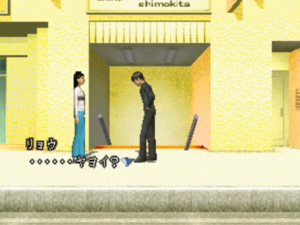
Yayoi claims that she merely took Mika to “the one she wanted to see” (Arisa, but Yayoi actually led her to her stalker.) and invites Ryo to follow her. She then takes him to an underground nightclub. At the same time, we are shown that Mika has fallen into the grip of her potential rapist, but Chisato and Yukari manage to find her.
In the backroom of the night club, Ryo meets with Mithra, Yayoi resting on his lap. Ryo tells the duo that he will never forgive them, to which Mithra replies that there’s nothing he can do.
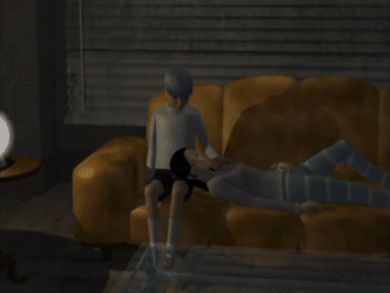
Obviously Yayoi just lured Ryo away from the scene after leading Mika into an ambush in order to separate the two and lead to Mika’s rape or even death, but fortunately, we are shown that Chisato and Yukari managed to rescue her, proving both Yayoi and Rumi wrong in their assessment of friendship.
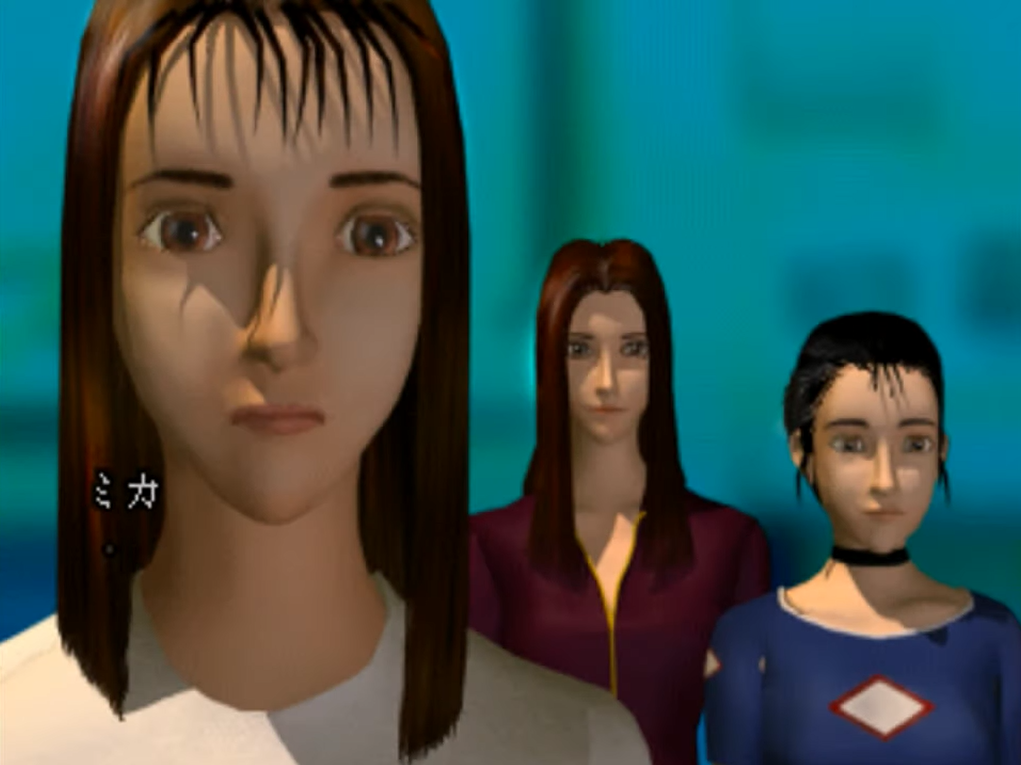
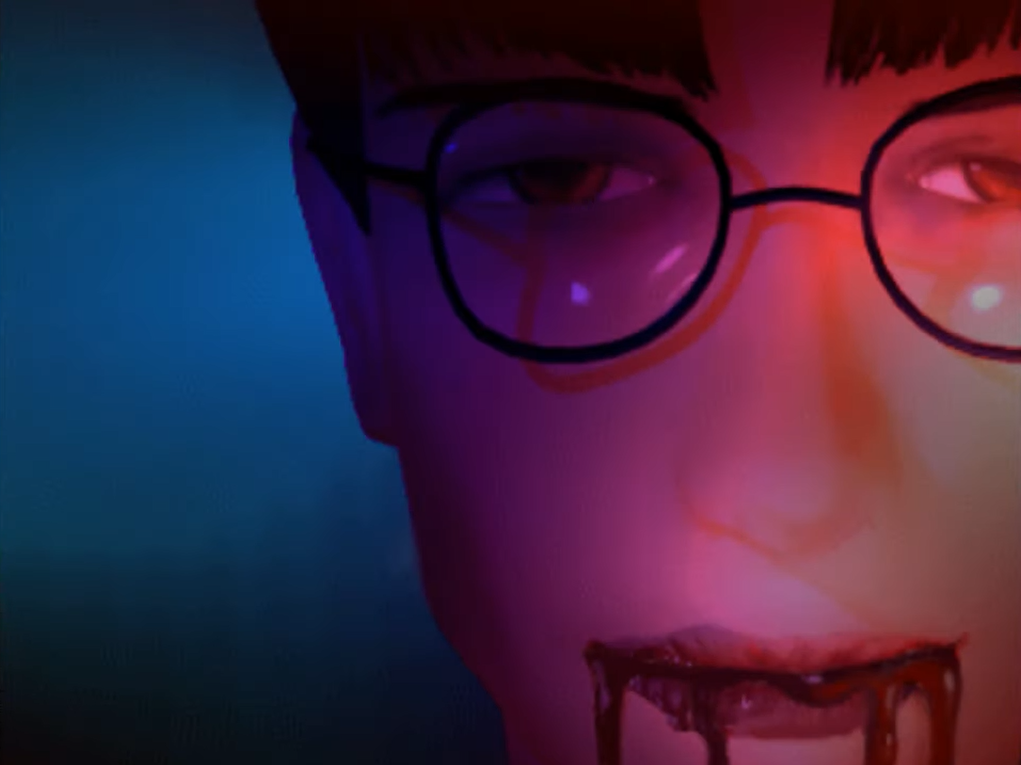
The two promise Mika that they’ll always be there to help her out; however, sadly, this is one of the few times we’ll see the original Twilight Syndrome trio together in the game. Mika’s mysterious kidnapper manages to escape, but as he is chased by police, he commits suicide by biting his tongue off.


